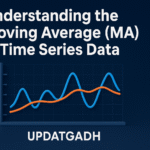

Time Series Forecasting Using Deep Learning
Time Series Forecasting Using Deep Learning
As data volumes grow and digital modernization accelerates, the ability to anticipate future trends has become critical for decision-making across industries—from finance to healthcare. Among the various approaches, time series forecasting stands out as a core analytical technique for predicting future events based on historical patterns.
While traditional statistical methods have been the foundation of forecasting for decades, advancements in deep learning—a branch of machine learning based on neural networks—are reshaping the way we analyze sequential data. By capturing subtle dependencies and intricate temporal patterns, deep learning models are enabling levels of accuracy and adaptability that were previously difficult to achieve.
This article explores the fundamentals of time series forecasting, why deep learning is particularly well-suited for it, the architectures that power these models, real-world use cases, implementation challenges, and best practices to ensure successful outcomes.
Machine Learning Tutorial:-Click Here
Data Science Tutorial:-Click Here
Complete Advance AI topics:-CLICK HERE
DBMS Tutorial:-CLICK HERE
What is Time Series Forecasting?
Time series forecasting is the process of predicting future values based on historical, chronologically ordered data. The dataset is indexed by time intervals, and the forecast is derived by identifying and modeling patterns such as trends, seasonality, and cyclic behavior.
Examples include:
- Meteorology – Predicting weather patterns from past temperature, humidity, and atmospheric pressure readings.
- Finance – Forecasting stock price movements based on historical market data.
- Healthcare – Tracking patient vitals over time to predict disease progression or detect early warning signs.
It’s important to note that forecasting is not a simple matter of extending past data forward—it involves understanding the underlying dynamics, external influences, and latent structures within the dataset.
Why Use Deep Learning for Time Series Forecasting?
Traditional statistical techniques, such as ARIMA or exponential smoothing, excel at modeling simple relationships but often struggle with complex, nonlinear dependencies. Deep learning addresses this limitation by learning directly from the data without predefined rules, enabling it to discover hidden structures that may span long time horizons.
Key advantages include:
- Handling Complexity – Neural networks can capture intricate temporal dependencies and nonlinear relationships.
- Scalability – They perform well on large, high-dimensional datasets.
- Flexibility – Models can be adapted for diverse domains, from financial forecasting to energy demand prediction.
- Feature Extraction – Deep learning can automatically derive meaningful features from raw inputs, reducing the need for manual engineering.
Neural Network Architectures for Time Series
Different deep learning models address specific challenges in time series analysis. The three most widely used architectures are:
1. Long Short-Term Memory Networks (LSTMs)
A specialized form of Recurrent Neural Network (RNN) designed to retain long-term dependencies. LSTMs are highly effective for datasets where past context over many time steps influences future outcomes—such as stock price prediction or energy consumption patterns.
2. Gated Recurrent Units (GRUs)
A streamlined alternative to LSTMs, combining the input and forget gates into a single update gate. GRUs train faster and are computationally lighter, making them suitable for scenarios where speed is a priority, such as real-time weather prediction.
3. Convolutional Neural Networks (CNNs)
Originally developed for image recognition, CNNs have been adapted for time series by treating sequential data as patterns over time. They excel at detecting local and hierarchical structures, useful in applications like EEG signal classification or seismic activity forecasting.
Real-World Applications
1. Stock Market Prediction
LSTMs are widely used to detect complex trends in financial data, helping investors identify patterns that may signal future price movements.
2. Weather Forecasting
GRUs and CNNs process large sets of historical climate data to predict conditions such as rainfall, temperature, and storms with high accuracy.
3. Healthcare Monitoring
LSTMs analyze continuous streams from medical devices, enabling early detection of health deterioration in patients.
4. Energy Demand Forecasting
Power providers use deep learning to anticipate consumption patterns, aiding in resource allocation and renewable energy integration.
Challenges and Best Practices
Despite their power, deep learning models for time series forecasting present unique challenges:
Common Challenges
- Data Quality – Missing values, noise, and outliers can degrade model performance.
- Model Drift – Over time, changes in data distribution can reduce accuracy, requiring periodic retraining.
- Overfitting – Complex models may memorize training data instead of generalizing to unseen scenarios.
- Latency and Scalability – Real-time prediction at scale demands efficient architectures and optimized infrastructure.
Best Practices
- Robust Data Preprocessing – Handle missing data through imputation, normalize features, and remove anomalies.
- Start Simple – Begin with lighter architectures like GRUs before moving to LSTMs or hybrid models.
- Regularization – Apply techniques like dropout and early stopping to avoid overfitting.
- Hyperparameter Tuning – Experiment with learning rates, batch sizes, and sequence lengths for optimal results.
- Cross-Validation for Time Series – Use time-aware validation methods to ensure reliable performance estimates.
- Continuous Monitoring – Track accuracy over time and retrain models when performance declines.
The Road Ahead
As computational resources grow and algorithms become more efficient, deep learning will continue to advance the field of time series forecasting. Integration with IoT devices and edge computing will enable near-instantaneous predictions, opening opportunities for smarter decision-making in sectors like autonomous systems, industrial automation, and personalized healthcare.
Techniques such as attention mechanisms and explainable AI will make models more transparent, allowing users to understand why specific predictions are made—addressing one of the biggest criticisms of deep learning’s “black box” nature.
Complete Python Course with Advance topics:-Click Here
SQL Tutorial :–Click Here
Download New Real Time Projects :–Click here
Conclusion
Deep learning has transformed time series forecasting, offering unprecedented capabilities to uncover complex patterns in sequential data. From LSTMs capturing long-term dependencies to CNNs identifying intricate local structures, these models are proving invaluable in finance, healthcare, energy, and beyond.
However, successful implementation requires attention to challenges like model drift, overfitting, and data quality. By following sound engineering practices—such as robust preprocessing, continuous monitoring, and appropriate model selection—organizations can unlock the full potential of deep learning for predictive analytics.
With ongoing innovation, the future promises even greater accuracy, scalability, and interpretability in time series forecasting—ensuring that deep learning remains at the forefront of predictive modeling.
time series forecasting using deep learning github
time series forecasting using deep learning pdf
time series forecasting using deep learning python
time series forecasting using deep learning matlab
time series forecasting using deep learning book
time series forecasting using deep learning example
neural network time series forecasting python
time series forecasting using lstm in python


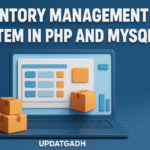

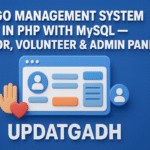

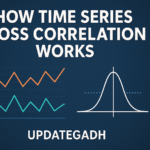


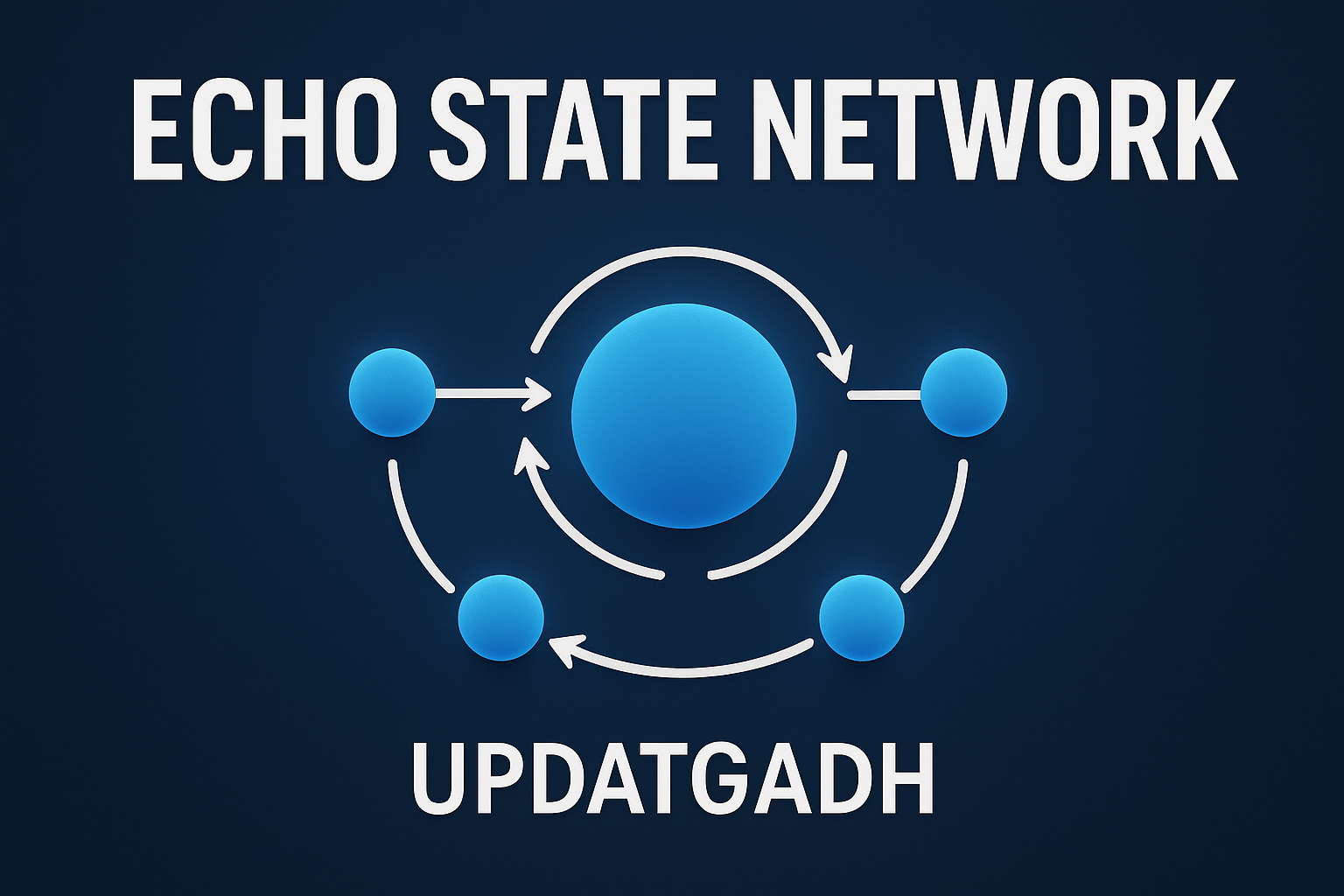
Post Comment